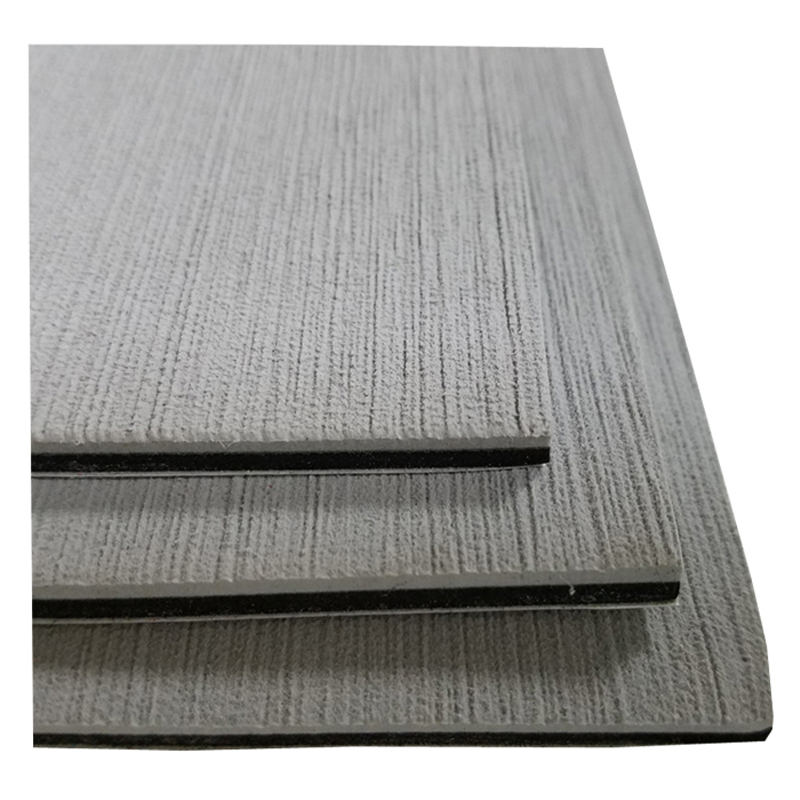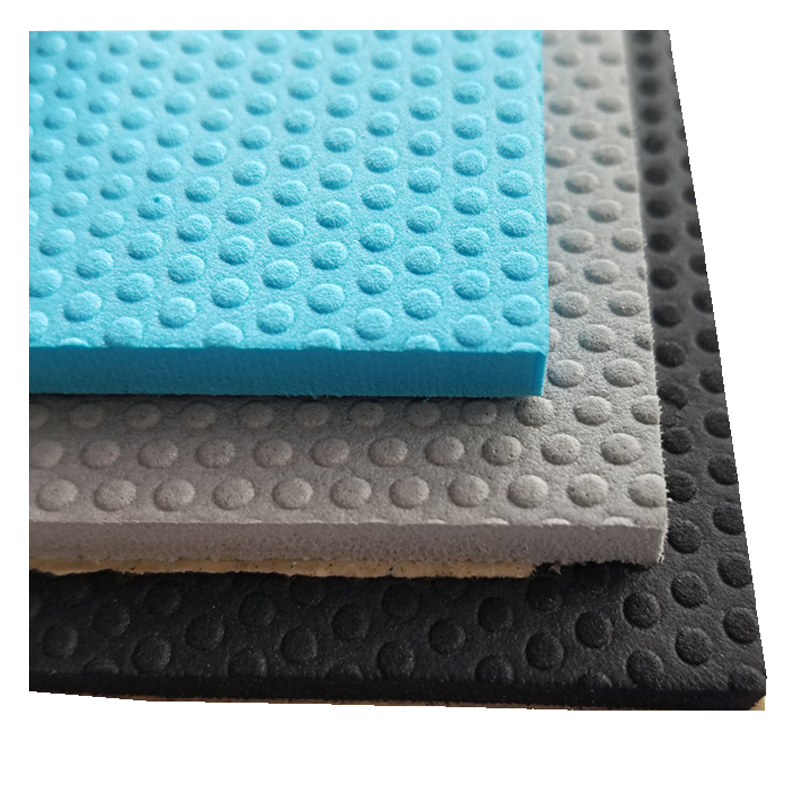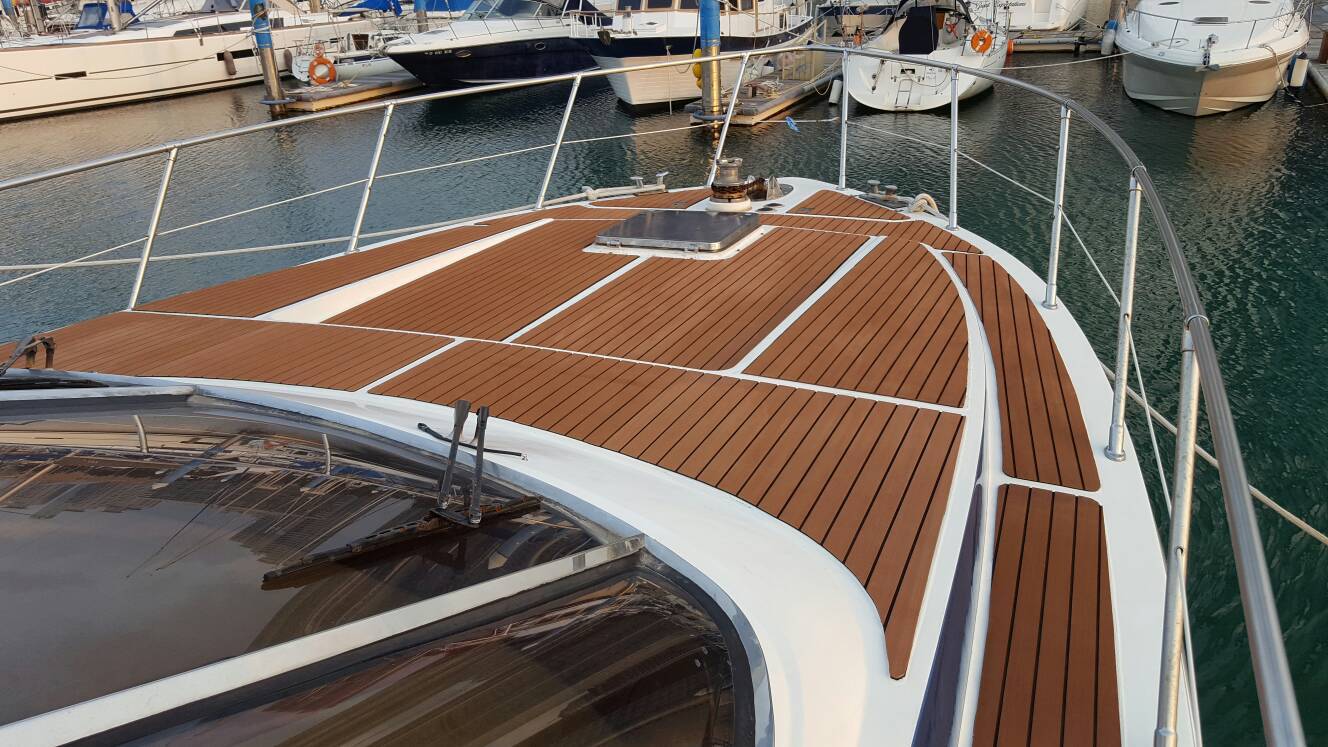PMC thermal compensation technology to resolve thermal displacement problems
In recent years, due to the rise of the mold industry, the requirements for thermal deformation are particularly high. At the same time, in addition to the requirement for rapid die processing, the most important issues are: long processing time, ambient temperature affect the processing accuracy, long warm machine time affect the processing of aging and other issues.
Of course, the thermal compensation function currently being developed is just to solve the problems mentioned above, and the acceptance of the tooling factory has reached the requirements in these two years. The main source of error in long-term machining of molds is the thermal error caused by thermal deformation of the structure during the cutting process. Therefore, how to reduce the machining error caused by the thermal deformation caused by temperature rise has become an important issue that must be faced by machine tool manufacturers. In particular, high-speed heat transfer is accompanied by a large number of heat sources, making the change in thermal deformation more significant.
In addition, the precision requirements for the gantry type processing machines used for processing large-scale molds are also increasing. How to improve the accuracy of the gantry machines is an important issue. The thermal expansion and contraction are the temperature characteristics of the material. Therefore, a machine tool constructed of steel or cast iron undergoes changes in the temperature of the machine tool structure due to the influence of various internal and external heat sources. The result will affect the size and shape of the processed workpiece. On the deviation. Therefore, improving the machining accuracy of the machine is one of the keys to achieving high quality products.
The main components of the thermal displacement of the machine tool are the thermal distortion of the spindle, the thermal displacement of the structure, and the thermal displacement of the feed axis. The thermal compensation technology developed by PMC can solve the problems of thermal displacement and structural thermal displacement of the spindle. The applied models include the development of gantry machines, vertical machines, horizontal machines, and special machines.
Design quality control with improved thermal displacement processing
In the past, machine tools did not have a deep understanding of the effects and impact of thermal deformation. However, at the same time, the machine tool makers in Japan, Europe, and other countries have used the technology for thermal error correction and have matured and are used in many machines that require precision machining. on. Many years ago, the measurement technology for thermal displacement began to set up energy for thermal deformation problems of machine tools. Although thermal compensation technology is mature today, machine tool manufacturers still have considerable room for improvement in terms of concept and design, only beforehand. The improvement of design technology and the post-completion of thermal compensation make up for its inadequacies, so that domestic machine tools can improve their international competitiveness.
PMC has developed thermal displacement compensation technology that is widely used in the industry and has the effect of improving accuracy. However, what I would like to further explain here is that thermal compensation technology is not a panacea. It requires a lot of process cooperation, including design, assembly, and quality control, to complement each other. Especially in today's machine tool industry, the problem of thermal displacement will become more and more important. Therefore, it is recommended that thermal deformation problems be taken into consideration when the machine is first developed and designed. All the best temperature points can be With the prior implantation to the optimal location, the existing thermal displacement problem is further reduced to a lower level.
If the warming system encounters the old repaired and replaced parts or components of the machine, it will change the characteristics of the organic platform and cause changes in the model. This is the problem that the thermal displacement compensation technology must overcome at this stage. In the process of use, machine users are also required to comply with operating specifications, such as avoiding the influence of local solar heat sources. It takes 11 years from R&D to the current implementation to the industry to achieve today's results. At present, the manufacturers who have cooperated with Gantry-type thermal displacement compensation include: Yachen, Xie Hong, Song Ying, Xinfu, Qiaofu, Gaoming, Xinwei, Qiao Jinjin, Yongjin, Fuyu and other machine tool makers. Up till now, This machine is equipped with about 200 units on the gantry machine platform, and nearly 200 units with the C-type machine station are equipped with thermal displacement compensation cards. This technology has been recognized by the industry.
EVA Boat Flooring is a new type marine sheet flooring for boat or yacht. Made from marine grade UV-resistant, closed cell EVA foam material, it is waterproof, antibacterial, comfortable, durable and non-skid.
Basically, the boat flooring has two different textures available, which is brushed and embossed. The sheets can be cut into size to fit the shape of boat decking, then peel the adhesive on the backing and stick it.


Normally the EVA marine sheet can be applied on the boat decking, or with a thicker material, it can be applied as helm station pad, seat pad, or coming bolster pad. What's more, it can be also applied on the edge of swimming pool, cause it can provide a good traction and safety when the feet is wet.

Eva Boat Flooring,Eva Yacht Flooring,Marine Sheet,Diy Boat Flooring,Boat Floor Mat,Boat Mat
Huizhou City Melors Plastic Products Co., Limited , https://www.melorsfloor.com